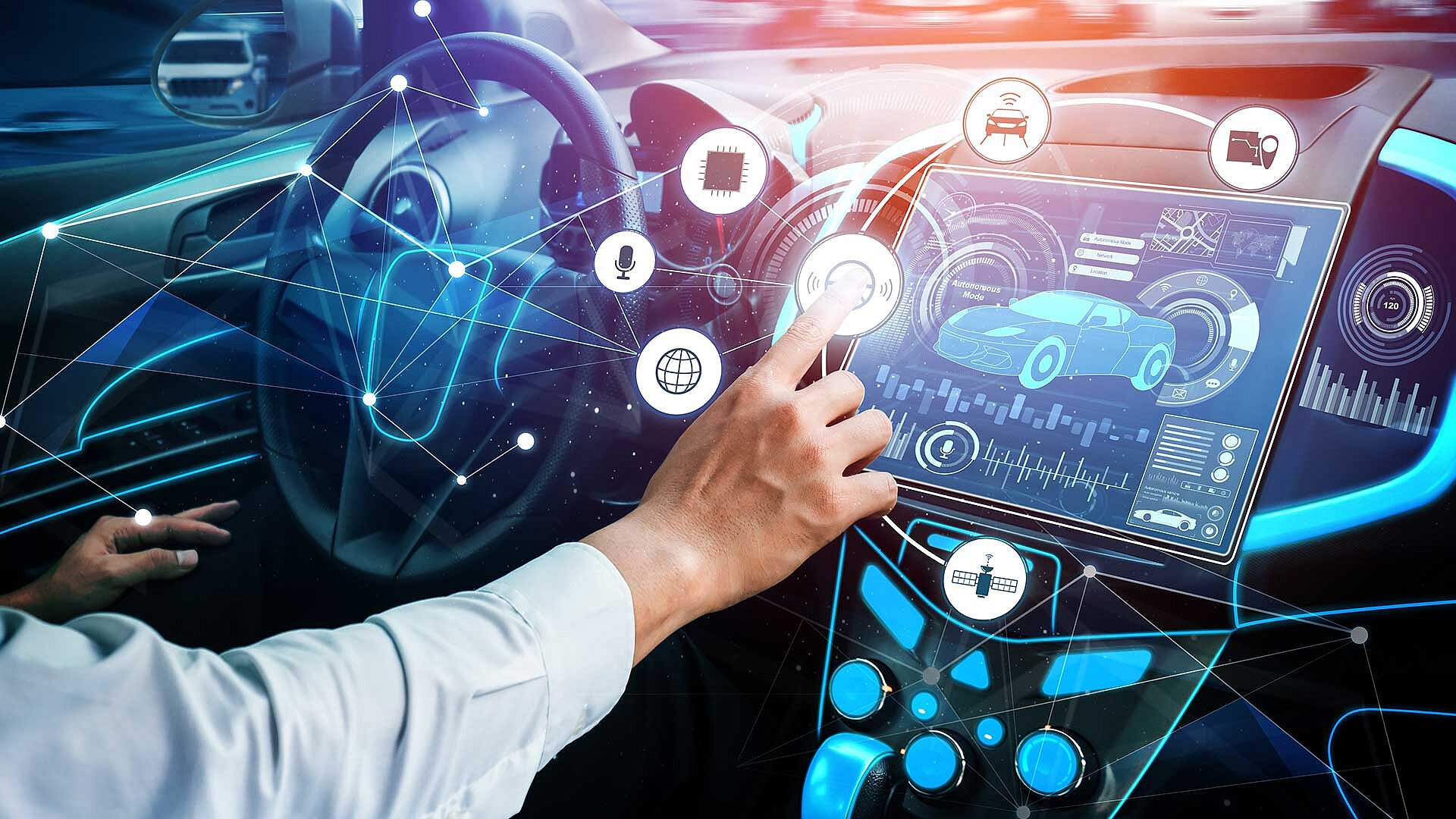
Cyber-Physical Systems (CPS) represent a major advancement in modern technologies, combining computing elements with physical processes to create integrated systems. This article explores what CPS are, their structure, potential applications, as well as the challenges associated with their implementation.
Table des matières
ToggleDefinition of Cyber-Physical Systems (CPS)
A cyber-physical system (CPS) is a set of computing components, such as computers and networks, that closely interact with physical elements of their environment. They are designed to monitor and control physical processes via continuous feedback, enabling greater efficiency and precision.
Composition and Structure of CPS
CPS encompass a combination of central processing units, sensors, actuators, and communication networks. These systems are often integrated into mechanical or electronic devices to form a cohesive infrastructure. Sensors collect real-time data, computers process this information, and actuators respond accordingly to modify or adjust physical processes.
Applications of Cyber-Physical Systems
CPS have found applications in various sectors, including manufacturing, healthcare, transportation, and critical infrastructure. For example, in manufacturing, CPS facilitate on-demand production and lean production. In healthcare, they enable real-time monitoring systems for patients. Autonomous vehicles are another notable example of CPS, using artificial intelligence to navigate and interact with the environment.
Integration and Connectivity
Integration represents a major challenge for CPS. Due to their complexity, these systems require seamless interaction between hardware and software components. Additionally, connectivity is crucial as it allows CPS to communicate and adapt in real-time to changes in the environment. Connectivity must be reliable to avoid potential failures that could have serious consequences.
Security of Cyber-Physical Systems
Security is an essential concern for CPS, due to their connected nature and the importance of the processes they control. Threats can range from cyberattacks to hardware failures. It is crucial to implement robust security measures, including encryption protocols, intrusion detection systems, and regular software updates to ensure the integrity and reliability of CPS.
Challenges and Opportunities
The development and implementation of CPS are marked by technical, economic, and regulatory challenges. The complexity of integration and connectivity poses technical difficulties, while the need for substantial investments can present an economic barrier. Furthermore, regulatory frameworks must evolve to account for the implications of CPS technology. Despite these challenges, the opportunities offered by CPS in terms of innovation and operational efficiency are immense, paving the way for new possibilities across various sectors.
In conclusion, Cyber-Physical Systems (CPS) represent a promising convergence between the physical and digital worlds. They offer enhanced capabilities for monitoring, control, and interaction with the environment, while also posing significant challenges in terms of integration, security, and regulation. A thorough understanding of CPS is therefore essential to leverage their benefits and navigate their complexities.





